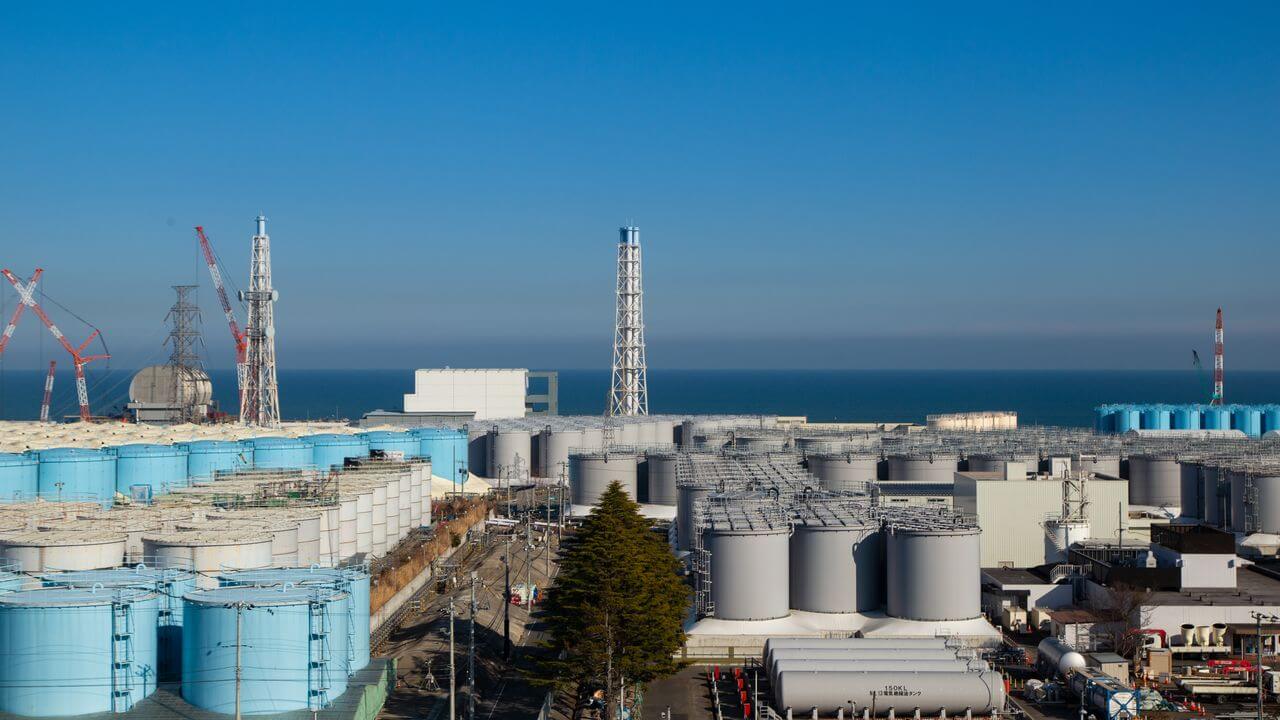On March 11, 2011, a 9.0 magnitude earthquake, the fourth largest earthquake ever recorded in history, struck the northeastern coast of Japan. It was followed by a tsunami and the meltdown of three nuclear reactors at the Fukushima Daiichi Nuclear Power Plant. It was the most severe nuclear disaster since the 1986 Chernobyl incident, during which around 3.5 million people were affected and approximately 20,000 square miles of area in and around the plant was contaminated.
Like Chernobyl, the Fukushima disaster was also classified as Level 7 - Major Accident on the International Nuclear Event Scale, which has been developed by the International Atomic Energy Agency to describe the comparative magnitude of nuclear disasters. This indicated that the damage caused was potent enough to cause widespread health and environmental effects. The disaster killed nearly 20,000 people and more than 160,000 residents fled as radiation spread into the air. As the international community witnessed the event in horror, Japan scrambled to grapple with the aftermath and still continues to experience repercussions of the damage from a decade ago. Consistent decontamination efforts have allowed the Japanese government to reopen most areas and people have been allowed to return to their homes. However, 37,000 people continue to be listed as Fukushima evacuees and several of them say they have no intention of going back.
As the ten-year anniversary of the event approaches, we look back at how things have changed globally since the worst nuclear disaster of modern history took place.
Germany
Following the Fukushima disaster, Germany wasted no time in introducing legislation to phase out its reliance on nuclear energy. The country’s energy transition policy, also known as Energiewende, dually aimed to move from fossil fuel-based energy generation to a largely carbon-free energy sector while also simultaneously phasing out nuclear energy completely by 2022.
Italy
In 2011, Italy held a national referendum in which more than 94% of citizens voted against then Prime Minister Silvio Berlusconi’s plan to restart a nuclear programme abandoned in the 1980s. Like Japan, Italy is also prone to earthquakes. The fear of the possibility of earthquakes, combined with the then-recent Fukushima disaster, led the public to vote against harnessing nuclear power in the referendum.
France
France might shut down its nuclear reactors in 2025-2026, earlier than its original plans of phasing out its 14 reactors by 2035. Given that France has been highly nuclear-dependent, it aims to reduce the reliance of its electricity generation on atomic power from the current 75% level to 50% by 2035. To this end, France’s two oldest reactors at the Fessenheim nuclear plant stopped production in June 2020. The next closures are expected in 2027-2028.
Switzerland
In 2017, more than 58% of the voters in Switzerland voted against the construction of new nuclear plants. Instead, they called for a focus on increasing reliance on solar, water, wind, and thermal energy. Switzerland is home to five nuclear power plants that contribute a third of the country’s total energy needs. However, there is no date yet to decommission the facilities.
Taiwan
The Taiwanese government announced an amendment to the Electricity Act in 2015, which aims to phase out its use of nuclear power by 2025 and make Taiwan a “nuclear-free homeland”. Taiwan currently has four active nuclear reactors that will all be decommissioned in due course.
What Has Changed Since the Fukushima Disaster Ten Years Ago?
On March 11, 2011, a 9.0 magnitude earthquake struck the northeastern coast of Japan. On the tenth anniversary of the Fukushima disaster, we look back at what has changed around the world since.
March 9, 2021

SOURCE: NIPPON
